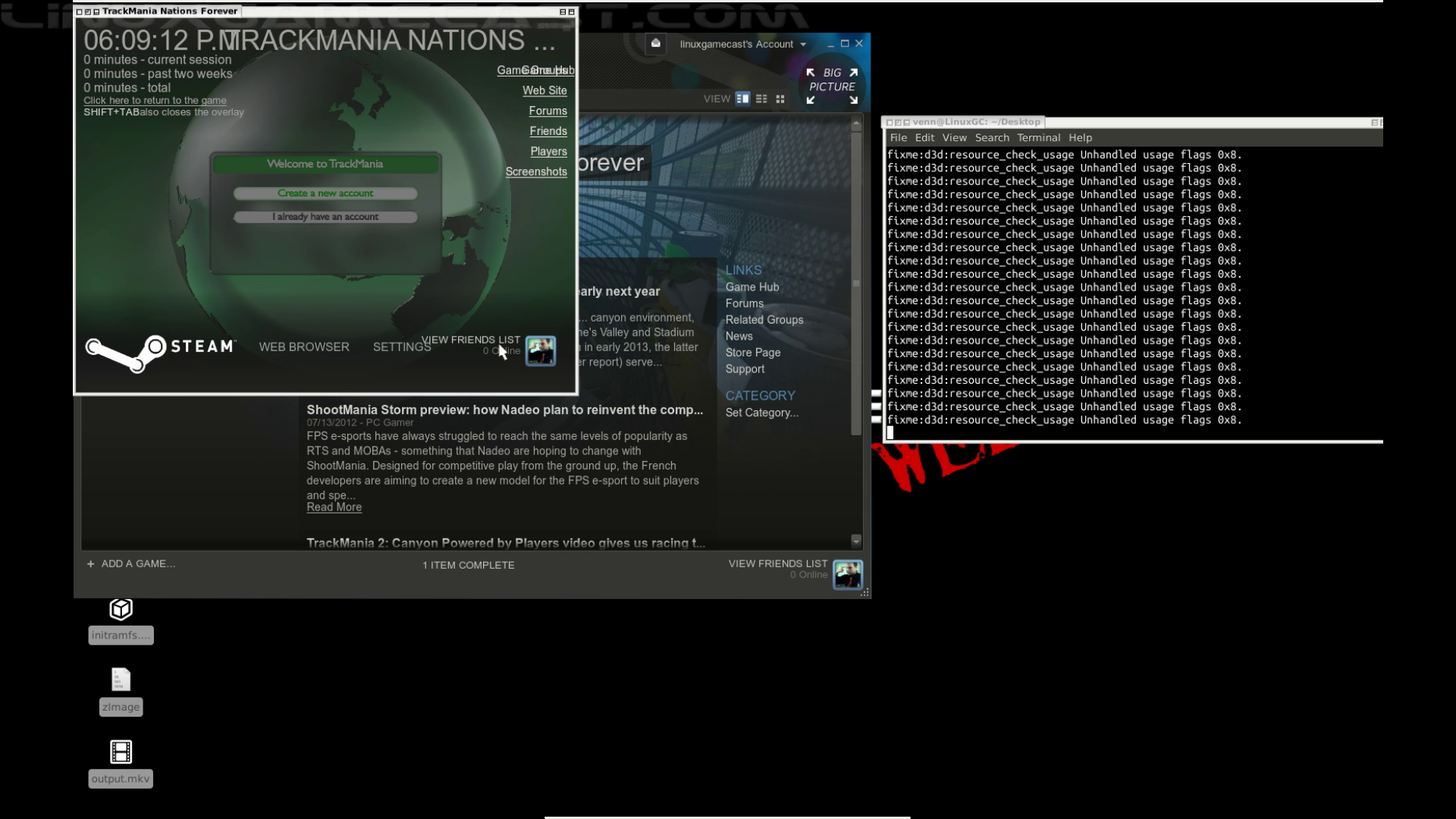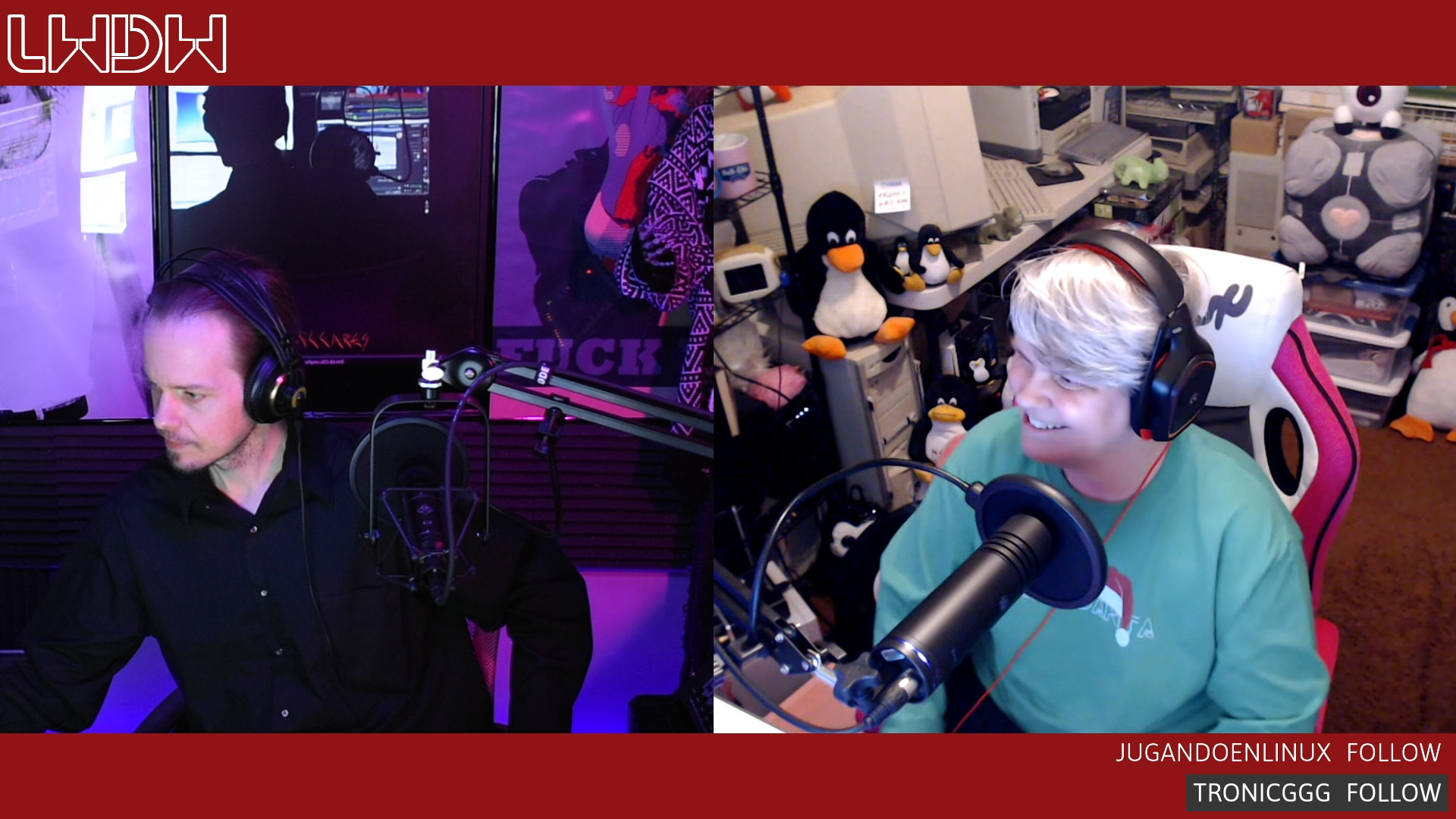Nitrux “ff” enables Flathub by default, OBS Studio 29.0 learns how to EQ, RasPi Camera Module 3 packs 12MP, and a new system monitor for the Linux desktop.
Listen:
Subscribe Google Podcasts | Spotify | Apple | Stitcher | TuneIn | RSS | More
Timestamps:
00:00 Intro
04:36 Venn vs Windows 10
08:46 Windows installs empathy
13:26 Nitrux ff
18:20 Monitorets system monitor
22:02 OBS studio 29
36:08 RasPi camera module 3
Nitrux ff (Rtheren)
https://nxos.org/changelog/release-announcement-nitrux-2-6-0/
- Are you bored with regular distributions?
- Want some of that DEbian unstable but with extra steps thrown in?
- It has some packages from Ubuntu LTS as a bonus.
- And you install things with AppImages.
- You could always install apps using dpkg and apt.
- Could.
- The latest version will limit users to their choice of AppImages or Flatpak.
- “The peculiar choice of this codename is because, as is, this version of this distribution can be seen as the antithesis of the conventional Linux distribution, where a distribution is entirely devoted to its package manager, but this distribution is not. It works to drive the point home that in this distribution, AppImages are the preferred method of adding new applications, and where an AppImage is unavailable, having the option to use Flatpak.”
- It’s like a Debian based version of Fedorf Silverblue.
- Immutable all the things, I guess.
- Its default desktop environment is the NX Desktop, which is basically KDE Plasma enhanced with what it calls “plasmoids” to fit with the developers sense of aesthetics and functionality.
- I had installed the previous version of Nitrux on one of my machines because I wanted to play with the NX Desktop, and test out its immutable capabilities.
- I love the fact that it uses my favorite containerized format by default, AppImages.
- PipeWire is now default, with the addition of the Pulseaudio Equalizer.
- And Wayland by default.
- This Nitrux release is using liqurix Kernel 6.1, “a distro kernel replacement” that’s been optimized for gaming and multimedia.
- The ‘ff’ stands for ‘forbidden fruit,’ and it is the first time the devs use a codename to mark a distribution release.
- With this version of Nitrux, the developers are employing overlayroot — a tool for mounting an overlay filesystem over the root filesystem — which makes the root directory immutable and keeps changes in the underlying operating system from happening.
OBS Studio 29.0
https://github.com/obsproject/obs-studio/releases/tag/29.0.0
- Upwards audio compressor and 3-band EQ.
- Websockets updated to 5.1.0.
- Added media key support in Linux.
- This links up the xkb keysyms with the obs vk codes.
- AMD AV1 encoder support has been added but it’s Windows only.
- Various performance improvements to Decklink preview output.
- One of the neat things in the works is adding CUDA decode support for video.
- They tried it in the past but it caused Windows to crash.
- I am sure the AMD AV1 encoding will come to Linux soon! The OBS devs are quick with making the OBS app function equally on all 3 OSs.
- And for those with AMD and Intel GPUs, there is improved FFmpeg VA-API/Video Acceleration API enablement by directly using Libva to check device capabilities.
Monitorets
https://www.omgubuntu.co.uk/2023/01/monitorets-system-monitor-app-linux-desktop
https://github.com/jorchube/monitorets/
- Monitorets is a new, simple and cute system monitor tool for Linux and it’s like an applet or a widget for your Linux desktop.
- Monitorets presents a live overview of how aspects of your system are functioning, it doesn’t do anything else.
- It monitors:
- CPU
- GPU (experimental, only works on some AMD GPUs)
- Memory
- Network downlink traffic
- Network uplink traffic
- Home folder space
- Root space
- Temperature
- And you can choose which resources you want to have visible.
- Also, you can choose between System, Light or Dark themes and a vertical or horizontal layout in settings.
- I had it running for several hours on the computer I was doing show notes on in vertical dark mode, and it brought back memories of how cool it was to always have one running on your desktop to show what a 1337 h4x0r you are.
- Yes, we have lots of system monitoring tools on Linux, but this one is compact and reminds me of my favorite dockapps for Window Maker.
- The idea of running a containerized app to monitor performance is, well.
- Meson build system.
- Explodes on Debian testing.
- I started tracking down the runtime errors after compiling but gave up.
Slice of Pi
Pi Cam 3
https://www.raspberrypi.com/products/camera-module-3/
- I guess there are some Pi 2’s on Amazon?
- One of the issues faced when releasing Pi accessories during a multi-year drought.
- They use the Sony IMX708, which bumps resolution from 8 to 12 megapixels, and almost doubles the sensor size.
- The Raspberry Pi Foundation has announced a new higher resolution Raspberry Pi camera called the Raspberry Pi Camera Module 3 with a 12MP sensor and autofocus.
- The Raspberry Pi Camera Module 3 has rapid phase detection autofocus.
- It has HDR mode up to 3 megapixels.
- Camera Module 3 can record full HD video at 50fps, with higher frame rates available at lower resolutions.
- There are new wide angle and infrared variants.
- The latest version of Raspberry Pi OS comes pre-installed with a beta of the Picamera2 Python library to work with home projects or for machine learning applications.
- Available from $25 with your choice of standard and wide lenses, with or without an infrared filter.
- It was $36.26 for the wide angle camera at Vilros and $35.00 at CanaKit.











